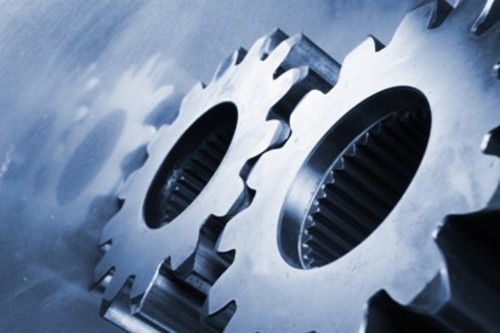In March, China's Manufacturing Purchasing Managers Index (PMI) was 50.3%, up 0.1% from February, and China's manufacturing industry was generally stable. More than 90% of the reasons for the failure of pneumatic equipment are caused by the moisture in the compressed air.
If in order to save the extremely low cost of the automatic drainer, it pays more maintenance costs, and even painful losses such as defective products, delayed delivery, and damage to goodwill.
Automatic Drain can remove liquid water from air compressor, air tank, water separator and Compressed Air Filter.
Automatic Drainage,Compressor Auto Drain,Air Dryer Auto Drain,Compressed Air Filter Auto Drain Hongrijia Depurate Facility Science & Technology Co.,Ltd. , https://www.yukafilter.com
Manufacturing industry is not busy during the peak season
From the 12 sub-indices of the China Manufacturing Purchasing Managers Index, compared with February, manufacturing production, new orders, new export orders, purchases, raw material inventory, finished product inventory, imports, employees, and production and operation activities The index is expected to rebound. The backlog of orders for orders, purchase prices, and suppliers' delivery time dropped. In particular, the purchase price index fell the most, with a fall of 3.3 percentage points, indicating that the pressure of rising production costs of manufacturing companies has eased. However, the structural shortage of employment in manufacturing enterprises still exists, and the demand for raw materials imports by enterprises is still weak.
The analysis pointed out that the PMI rose slightly in March and ended the decline for three consecutive months, mainly driven by seasonal factors. After the Spring Festival, the enterprises started to concentrate and the production and business activities became more active, which promoted a slight rebound in the manufacturing PMI in March. However, in March, the PMI fell by 0.1 percentage points from the January-February average and was the worst since the same period in 2005.
At the same time, the purchase price index has continued to decline this year, reflecting weak demand. From the perspective of enterprises, production and operations still face greater difficulties, which are mainly plagued by three major problems: insufficient orders, rising labor costs, and capital shortages.
Moreover, the initial value of HSBC China's Manufacturing Purchasing Managers Index (PMI) in March was 48.1, setting a new eight-month low, and falling below the declining line for three consecutive months, indicating that manufacturing activity continued to shrink.
In fact, from a seasonal perspective, March and April were affected by the traditional start-up season, which is usually the highest point of the manufacturing PMI for the year. However, in March, the manufacturing industry showed the characteristic of “not prosperous in the peak seasonâ€, indicating that the downward pressure on China’s economy still exists.
Slow start of China's economic development
Some people think that although the manufacturing PMI index in March rose moderately, the recovery rate is the lowest level in the historical average. However, combined with the PMI's main sub-index, the data fluctuations are still within the normal range, indicating that the quality and stability of China's economic operations have improved.
First, the production and operation of small enterprises have become better, and the economic internal motivation has been enhanced. The small business PMI index has continuously risen in the last two months and has risen above 49% for the first time since last September. Among them, the accelerating reform of China's industrial and commercial registration system has improved the investment environment and business environment of small enterprises and stimulated investment enthusiasm. The expansion of the scope of the “business-to-business reform†and the further improvement of policies and measures have, to a certain extent, reduced the number of enterprises. Burden, and has played a better role in promoting the development of emerging enterprises such as small businesses.
The second is that the external environment is relatively good, which is conducive to stable export growth. In March, 31.8% of companies surveyed reported that new export orders were up from February, and the new export order index returned above the 50% threshold, and reached the highest value since April 2013. It is reported that since the beginning of this year, the world economy has continued to maintain its momentum of steady, moderate, and moderate recovery. In particular, developed economies in Europe, America, and Japan have performed well and both have shown an upward trend. The external environment is good. The new export order index rebounded, and more than 30% of the surveyed enterprises reflected that the increase in orders for new export orders indicates that the world economy has continued to improve and it has begun to have a positive impact on China’s exports. In the latter period, exports are expected to stabilize and pick up.
Third, employment has steadily increased. In March, the employee index reached 48.3%, and it has risen for the first time in the past four months. Among them, the index of the number of employees in small businesses rose the most, reaching 48.9%.
Fourth, the production situation has stabilized and the structure has improved. In March, China's manufacturing purchasing volume index, import index, and raw materials inventory index all showed a significant rise, indicating that since March, manufacturing companies have been more active in the preparation of raw materials, and the utilization rate has tended to increase, indicating that China's economic operation started this year at a moderate pace.